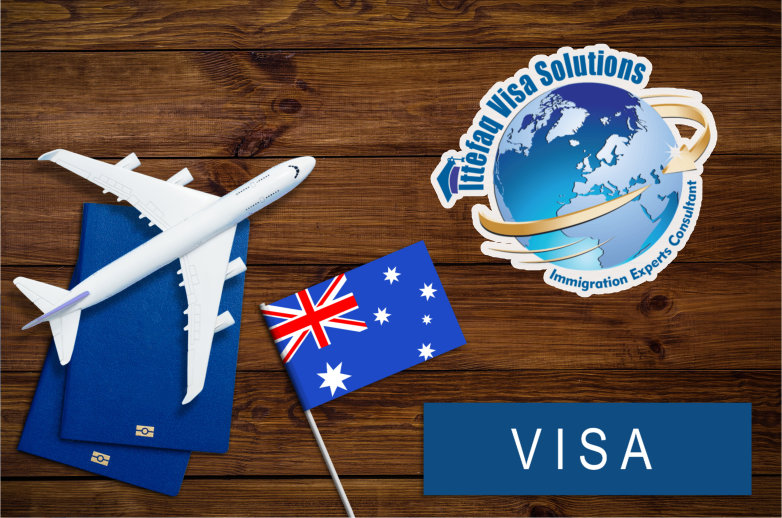Australia, with its stunning landscapes, vibrant cities, and high quality of life, continues to attract visitors, students, and professionals from around the world. Applying for a visa to Australia, however, can be a complex process, given the variety of visa types available and the stringent requirements in place. In this comprehensive guide, we will explore the different types of visas available in Australia, and provide top tips to ensure a smooth and successful visa application experience.
Understanding the Different Types of Visas in Australia:
- Tourist Visa (Subclass 600): This visa is for individuals who wish to visit Australia for tourism, to see family and friends, or for short business visits. It allows you to stay in Australia for up to 12 months.
- Work Visa: There are various types of work visas available, catering to skilled workers, sponsored or nominated workers, and specific work situations. Some popular work visas include the Temporary Skill Shortage visa (Subclass 482) and the Skilled Independent visa (Subclass 189).
- Student Visa (Subclass 500): This visa is for international students who wish to study in Australia. It allows you to stay in Australia for the duration of your course.
- Family and Partner Visas: These visas are for individuals who have family members in Australia. This category includes Partner visas, Parent visas, and Child visas.
- Business and Investment Visas: These visas are for individuals who wish to start a business, invest, or undertake entrepreneurial activities in Australia.
- Transit Visa (Subclass 771): This visa is for individuals who need to transit through Australia for less than 72 hours.
- Working Holiday Visa (Subclass 417 and 462): These visas are for young adults who want an extended holiday and to work here to fund it.
Top Tips for a Smooth Visa Application Experience:
- Choose the Right Visa Type: Ensure that you have selected the visa type that best suits your purpose of visit. Each visa has its own criteria and requirements, and choosing the wrong visa type can lead to your application being denied.
- Start Early: Begin your visa application process well in advance of your intended travel date. Visa processing times can vary, and it’s important to allow enough time for your application to be processed.
- Gather All Required Documents: Make sure you have all the necessary documents ready before starting your application. Check the document checklist for your specific visa type on the official Australian Department of Home Affairs website.
- Provide Accurate Information: Ensure that all the information you provide in your application is accurate and complete. Inconsistencies or missing information can lead to delays or denial of your visa.
- Pay Attention to Detail: Fill out your application form carefully, paying close attention to detail. Ensure that you answer all questions fully and accurately.
- Include Supporting Evidence: Provide supporting evidence to strengthen your application. This could include proof of employment, financial stability, or ties to your home country.
- Check Your Passport: Ensure that your passport is valid for at least six months from your intended date of arrival in Australia. You will need a valid passport to apply for a visa.
- Use the Online Application System: Whenever possible, use the online application system to submit your visa application. This system is more efficient and allows you to track the status of your application.
- Be Prepared for Additional Requirements: Depending on your visa type and country of passport, you may be required to undergo health examinations or provide biometric information as part of your application.
- Seek Professional Advice if Needed: If you are unsure about any aspect of your visa application, consider seeking advice from a registered migration agent.
Applying for a visa to Australia requires careful planning and attention to detail. By understanding the different types of visas available, choosing the right visa for your needs, and following the tips outlined in this guide, you can enhance your chances of a smooth and successful visa application experience. Remember, preparation is key, and starting early gives you the best chance of navigating the Australian visa landscape with ease.



Post a Comment